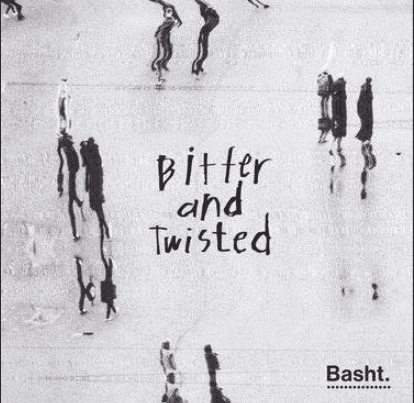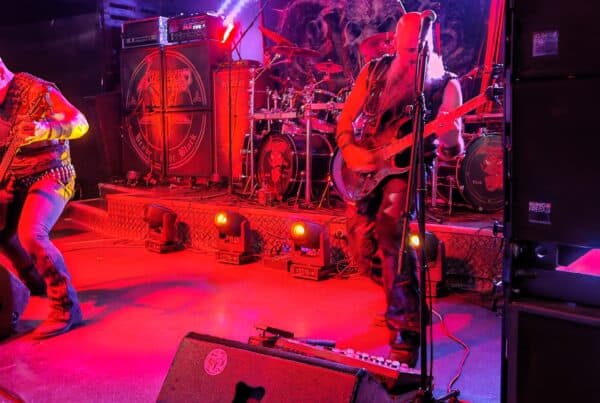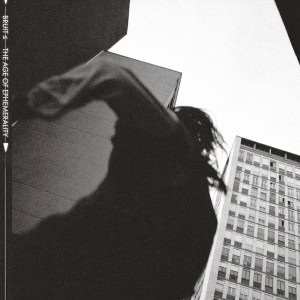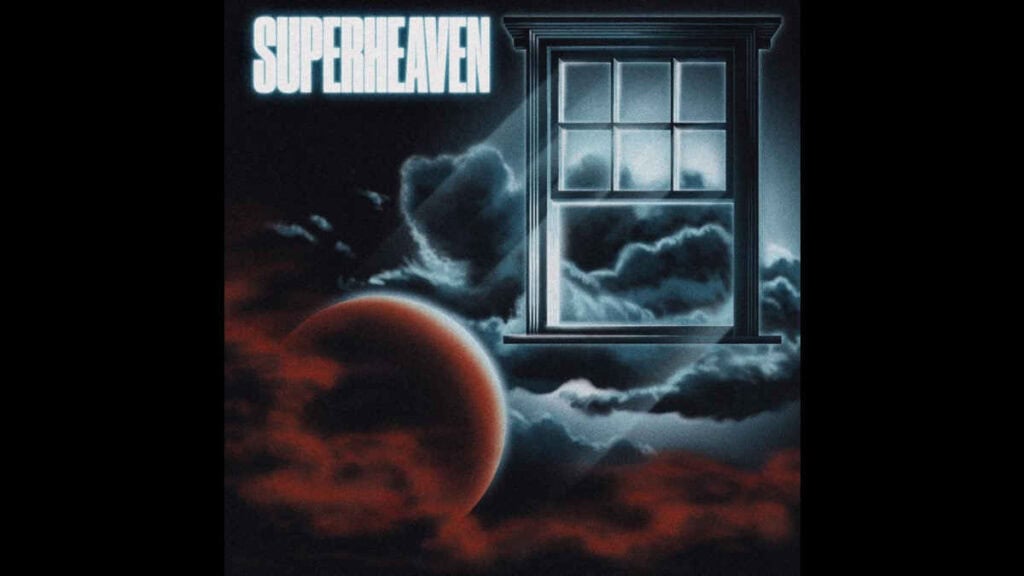This soundtrack is filtered through madness, dragged through the heart of darkness until it develops a fortified insanity that is palpable in every track.
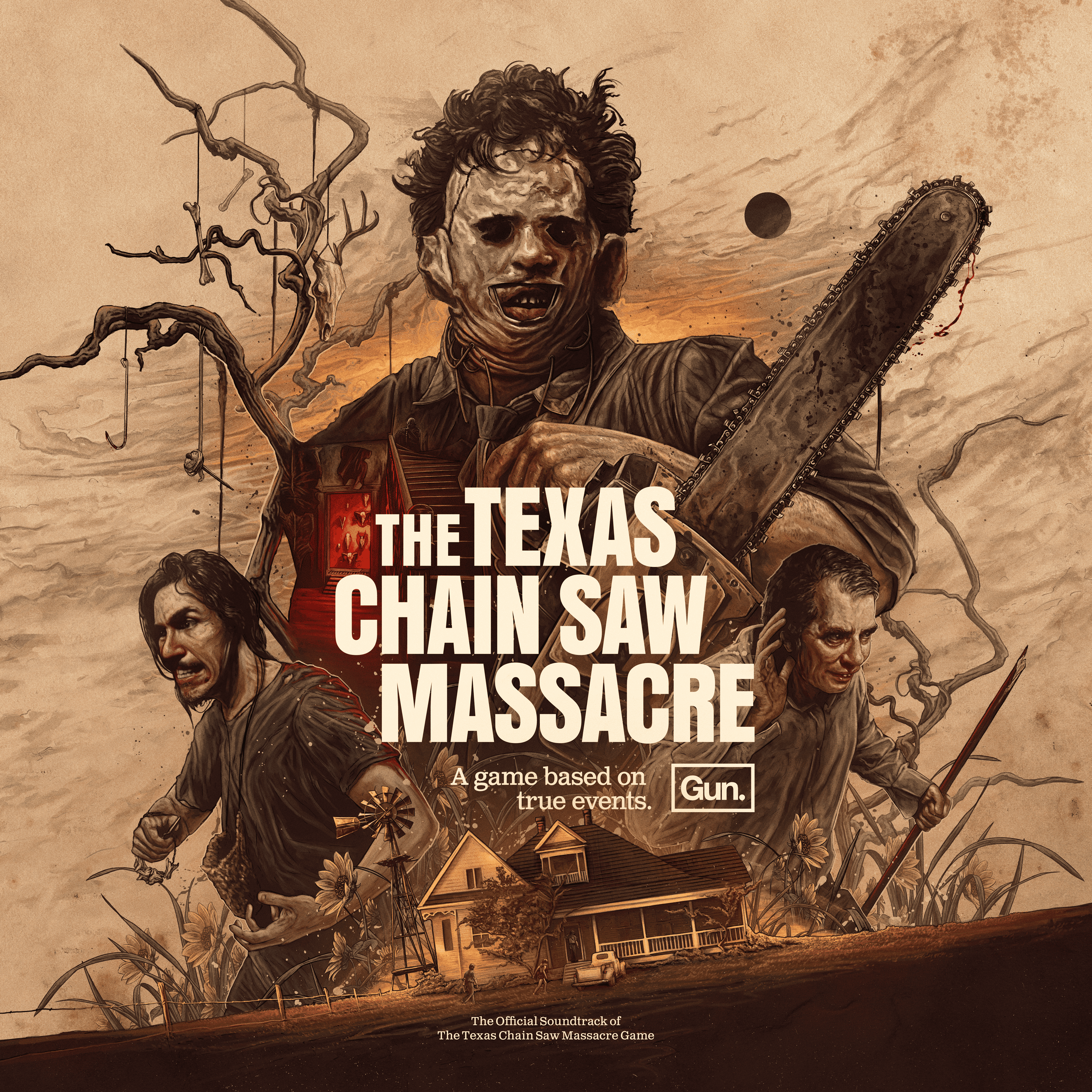
Soundtracking the video game adaptation of a horror movie as iconic as The Texas Chainsaw Massacre is no easy feat. The franchise’s most memorable killer, Leatherface, has become as instantly recognisable as Jason Voorhees, Michael Myers or Freddy Krueger. In addition to this, the atmosphere of the first movie is distinct in its seedy, sand-smeared aesthetic that flirted with the morbid interest in the crimes of Ed Gein gave the atypical slasher a disturbing taste of the real. Replicating this in sound for a modern video game rendition is challenging. The 1970s grit and haziness must be replicated where it is no longer innate, and the undercurrent of unease must be there to persuade the player this is not simply a fun action game but instead a faithful horror experience.
In this, the Texas Chainsaw Massacre OST mostly succeeds, in that it pulls successfully from the world of noise, drone and ambient – with a healthy, or maybe it would be more apt to say unhealthy – dose of found sound. The soundtrack was overseen by BAFTA-nominated composer Ross Tregenza, who having been influenced by Nine Inch Nails’ Trent Reznor and playing in industrial synth-pop act Goteki would have ample knowledge of this dark underbelly of music. Found sound also characterised the original 1974 score by Wayne Bell, and so these influences are a fitting tribute to the franchise’s heritage. The haunting, echoing voices and reverberating pulses of the main theme, complete with what sound to be distorted, mangled animal sounds perfectly evoke the feeling of a twisted back country slaughterhouse, in which you are the livestock lining up to meet your fate.
‘The Family House’ quickly devolves from calming ambient nature into chilling, groaning drones that infest the deepest pit of your stomach. Everything, including the music in question, screams that something simply isn’t right. No, more than that, something is very, very wrong. The repeating percussion seems to get closer and closer, louder the longer it is present. If there is something that is never absent on this OST, it is danger. With some minor aesthetic changes the music found here could easily have come from a dark ambient or power electronics record. These experimental genres have never been wholly embraced by anyone outside an underground cult following, so when they when they claw their way into media such as this, it comes carrying the usual baggage of unease. This is especially prevalent on ‘Bizarre Crimes’, where distorted and delayed vocalisations come bellowing from somewhere in the distance. These vocalisations are indistinguishable, as if human and livestock have become one and the same. Unnerving metallic drags command your hair to stand and permeate with a queasy cloak of menace.
Tracks such as ‘The Old Slaughterhouse’ share this sense of uncertainty. Terrifying wails, dirty feedback drones that could have conceivably originated from a guitar – though that is unnervingly unclear – tell you that you should be feeling one thing: dread. This soundtrack is filtered through madness, dragged through the heart of darkness until it develops a fortified insanity that is palpable in every track.
The textural palette on this soundtrack is one muddied with a mound of unidentifiable, dried and crusted substances. There is a near constant buzzing atop everything akin to the overbearing noise of telephone wires amidst silence. The beginning of ‘Go Get Grandpa’ feels like a telephone tower has just burrowed into your skull. Nowhere is peaceful. Nowhere is safe. There is an omnipresent eye hidden somewhere in every track.
If there is a criticism to be levelled at the OST, it that it all feels too new. Like a guitar that comes with manufactured weathering, the fact that there is a ragged quality to the music, like cloth that has punctured by tooth, claw, talon and horn all to no avail, there is a cleanness to the production. Yeah, the music feels dirty, but it feels like you could get rid with a few washes with stain remover. All the blood, spit, tears and God-knows what else feels surface level rather than as a result of years of weathering. There is no real stench to it. If the production of these sounds didn’t feel so recent and had emulated a bit more of that vintage grit, this OST would have been like unearthing a real and terrifying threat. With all the production’s polish and veneer however, it feels like a TV reconstruction of a series of horrific crimes that was too heinous to air.
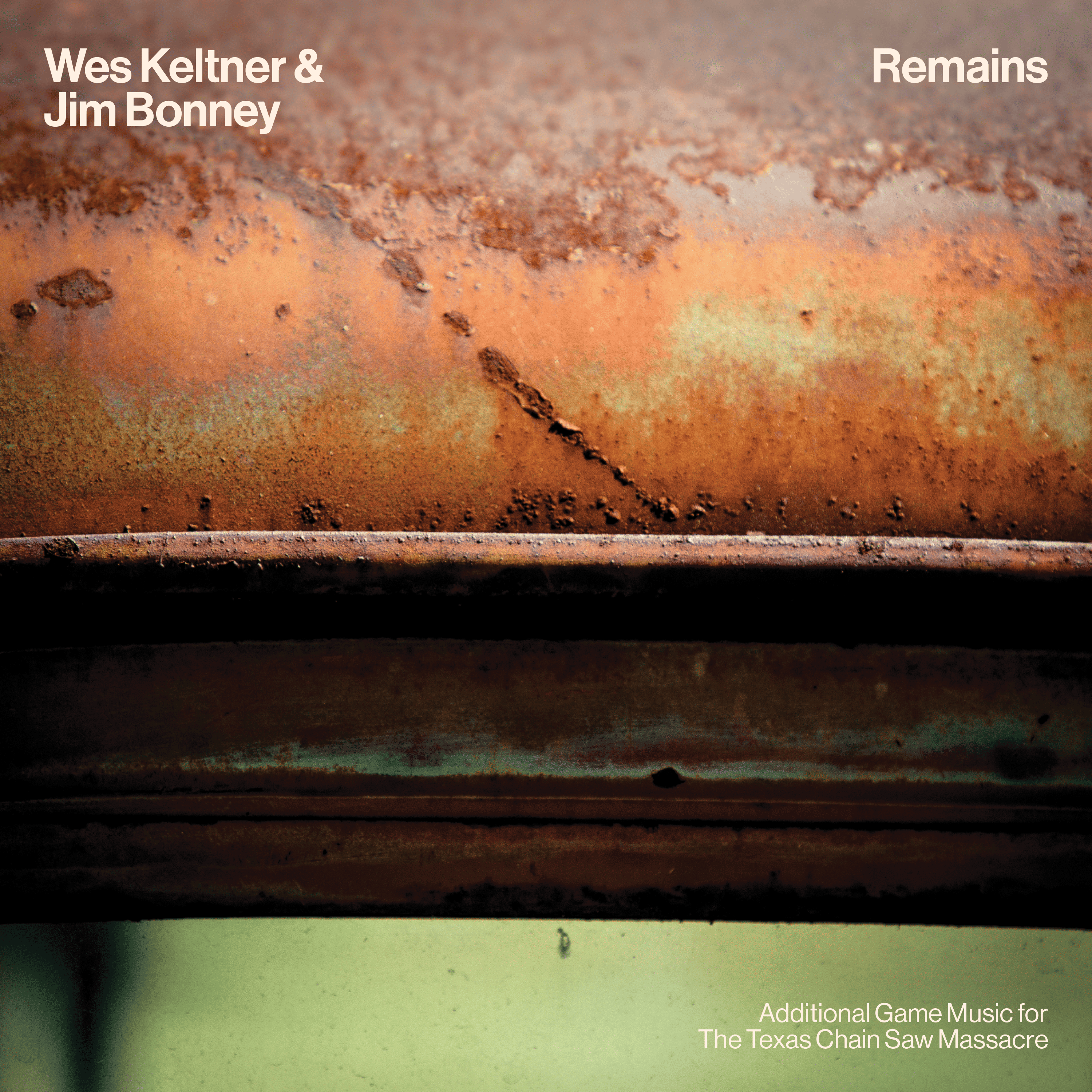
Gun CEO Wes Keltner and Jim Bonney also put together Remains, an accompanying set of tracks that was more influenced by desert rock, heavier music as well as the folk and country music that may be associated with the desolate American landscapes that made some of the original movie’s shots so long lasting. Opening track ‘Haze’ takes a western melody that is reminiscent of old cowboy movies, which immediately puts the image of a dusty desert trail into the head of a listener, and by letting it linger in its own ambience, with by infusing it with feedback and subtle noise, give an overwhelming feeling of desolation and being completely lost. This feedback feeds into ‘Bitter’ which opens with loose cymbals and doomy bass stabs. Taking clear influence from doom metal, and without descending into out and out metal, use the guitar to accentuate the noisy, nihilistic feeling. ‘Bitter’ is an apt title as this track is misanthropic, dwelling in its own hatred and despair.
‘Isolated’ on the other hand is a meandering exploration of loneliness, speaking into the void with no reply. The wistful chords seem to await response only to answer themselves. It is truly evocative of being lost somewhere you don’t know, hoping desperately – but with no real expectation – to find someone you do.
My favourite of the bunch, though is ‘Tragic.’ Pretty predictably, when you see who I’m about to compare it too. The fuzzy riff is obviously doomy, but not entirely hopeless, possessing a hint of slight triumph or progress. It very quickly reminded me of ‘Piss Crowns Are Trebled’ by Godspeed You! Black Emperor, one of my favourite tracks from my favourite band. Needless to say, a comparison to Godspeed You! is a pretty large compliment coming from me. The riff stomps through an opaque desert storm, making progress even when hope is obscured. The undercurrent of menace isn’t gone, which gives an ambiguity to if the progress being made is a positive thing or not. Based on the title, I know what I’d bet on.
The flies buzzing around the carrion at the beginning of ‘Forgotten’ seems to confirm this fate. The title in conjunction with the mournful chords seem to hold a funeral for the survivors that were lost a couple tracks back. Isolated, decimated, forgotten. The end of Remains is saddening but provides an excellent conclusion to the story told in the short track list. It feels like rather than the desert rock of Kyuss or their contemporaries, a more obvious point of inspiration would be post-rock in the vein of GY!BE. Even the western influences of ‘Haze’ feed into that, as Godspeed have often been noted to draw from this sonic aesthetic, especially on their debut. Remains feels like a dusty post-rock accompaniment that explores the themes of Texas Chainsaw Massacre, something I feel works incredibly well.
The soundtrack as a whole feels really well done. Where I may criticise the clean production on the OST, the power-electronics inspired soundscapes are really evocative and make the Texas Chainsaw Massacre OST really stand out in its approach to making the world in the game feel dangerous to players in their living room. As well as this, Remains is a super interesting addition to the atmosphere of the game, and I really appreciate when media gives this much attention and care to the sound aspects of their release.

